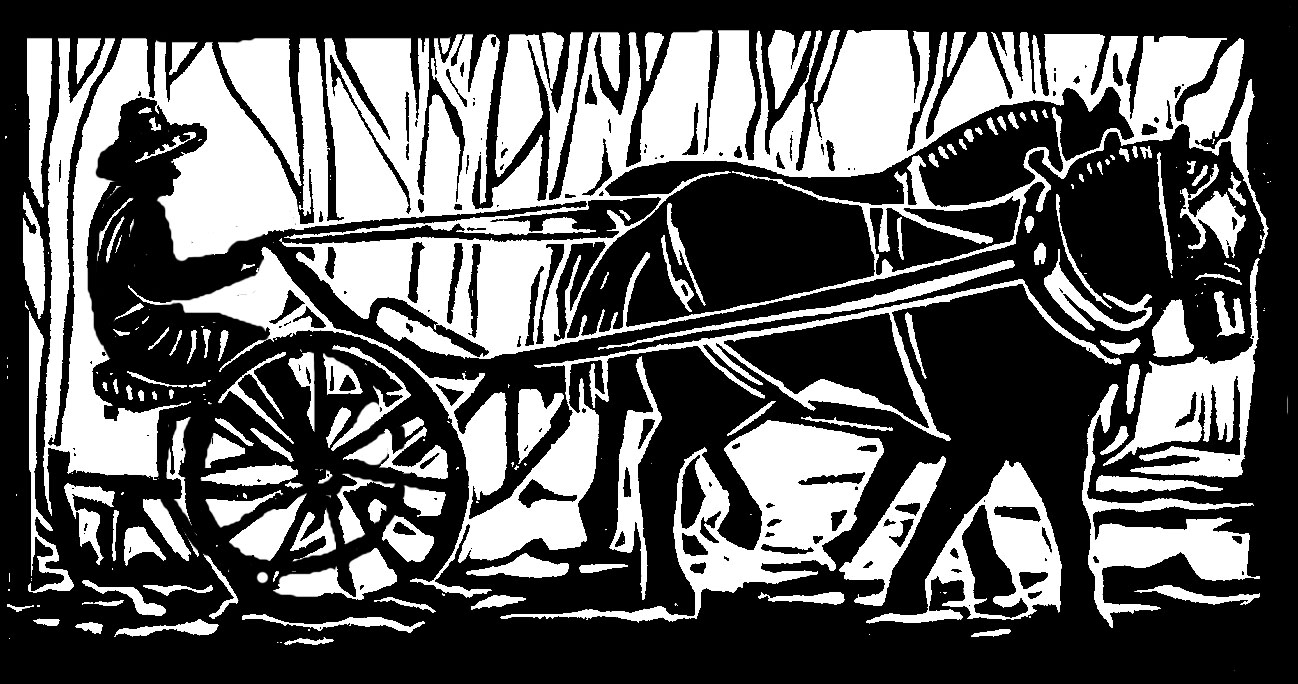Around the winter holidays, we New Hampshire farmers have to hustle. Well, not exactly hustle. We have to get off the couch.
We want to go visit our human relatives, which means we have to set up our cat and draft horse relatives for a few days on their own. The list is always the same. Horses: food, water, fence. Cats: food, water, litter. The cats are easy; it only takes minutes to fill the food bowl and check the various sources of water. First is the actual water bowl, scrubbed and refilled.
Second is the small plastic cooler where we make yogurt once a week. The cats don’t like it when we make yogurt. They like it when the cooler is open, the jars are gone, and the water, which has kept the milk warm enough to yog, is available to drink.
They are also fond of the leaking tap in the bathtub, a leak which drives a thrifty farmer who wants to practice sustainable water use crazy, and which now has a bucket under it, for watering houseplants. The kitties think the bucket is a perfect drinking vessel.
The litter takes longer, as we lecture the cats on how a proper sturdy farm cat wouldn’t need a litter box at all. Our long-time kitty Cricket finds this no problem, as she is fuzzy and happy to be outside. She says she is only using the litter box because we won’t be here to let her out.
But our new kitty, who is sleek and not fuzzy, and therefore cold, says I never meant to be a sturdy farm cat. You’re the one who brought me here.
But you didn’t use a litter box at your last house, I say.
I had a cat door, he replies. Make me a cat door.
What if skunks get in, I say.
I will curl up with them, he says. They are warm.
Hmm, I say, as I put fresh litter in the box. At least we use softwood pellets, meant for a pellet stove, which means it is kind of sustainable.
Now for the horses: checking the electric fence is easy. Filling the water trough is easy. Then there’s food: seven meals worth, for four horses, which is a lot of hay, especially when it is in the form of our own loose hay, and not tidy bales.
One of us forks the hay down from the mow. The other weighs it out on a platform scale, and tosses it into the mangers, which are actually sheep panels tied into a circle, handy for hay when we are away.
Then the farm daughter gets in the manger too, tromping down the hay, and as the stack gets taller, so does the daughter, until she finds herself looking down at our big horse Clyde, who is helpfully eating out of the manger as we try to stuff it full.
“Look at your daughter,” laughs my farmer fellow, and I stop flinging hay around to look. There she is, standing high above Clyde, braiding his abundant forelock into three braids, and then the three into one, which is so thick it sticks out like a unicorn.
We all find this most amusing, which will give you the sense of the fun you can have on a vegetable farm while hustling for the holidays. Now all we have to do, before we go, is visit our nice neighbors, and ask them to keep an eye on things for us, bringing them a basket of root veggies as thanks. Plus we have to pet the horses and kitties a while, and wish them a happy holiday, with a little help from more root veggies, and a spoonful of yogurt.
Originally published in the Monadnock Shopper News, Jan 12-18, 2022
